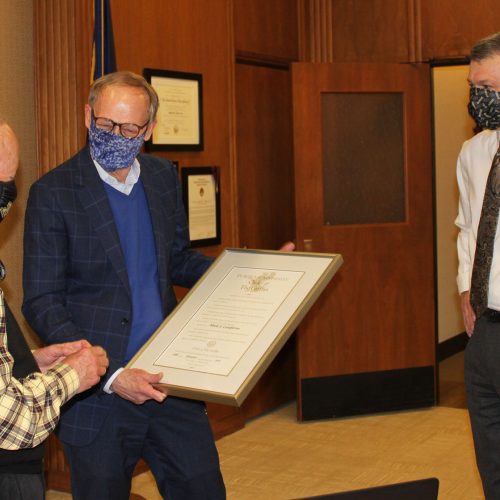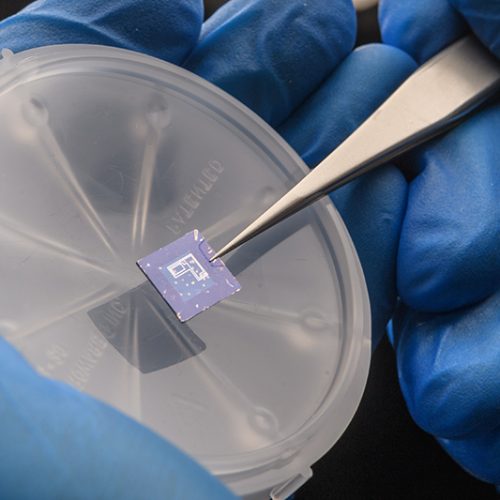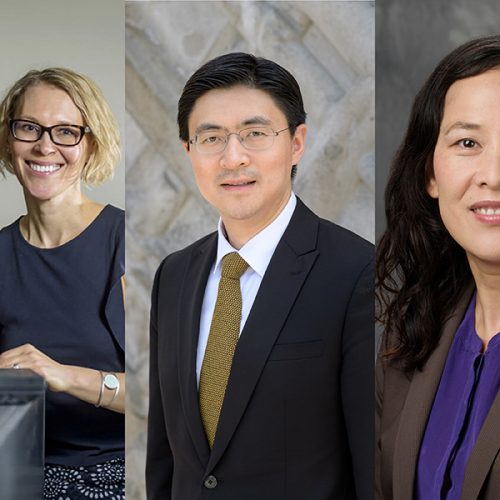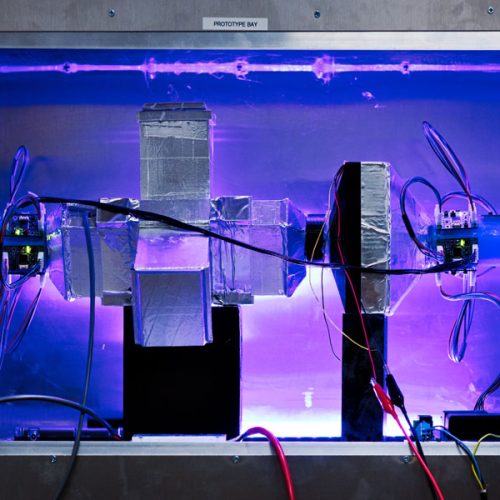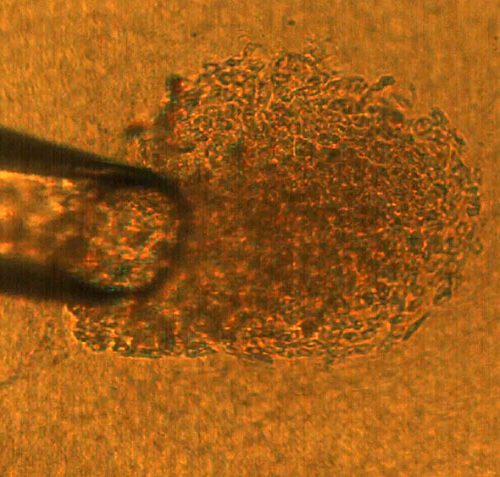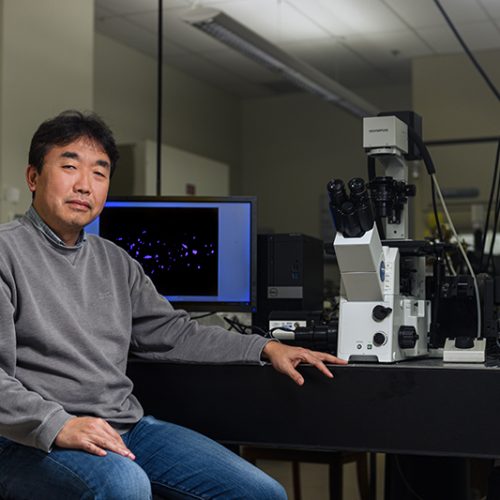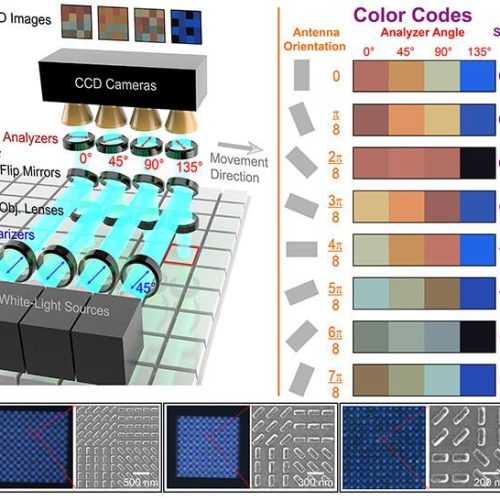
February 4, 2021
Say goodbye to the dots and dashes to enhance optical storage media
WEST LAFAYETTE, Ind. – Purdue University innovators have created technology aimed at replacing Morse code with colored “digital characters” to modernize optical storage. They are confident the advancement will help with the explosion of remote data storage during and after the COVID-19 pandemic.
Morse code has been around since the 1830s. The familiar dots and dashes system may seem antiquated given the amount of information needed to be acquired, digitally archived and rapidly accessed every day. But those same basic dots and dashes are still used in many optical media to aid in storage.
